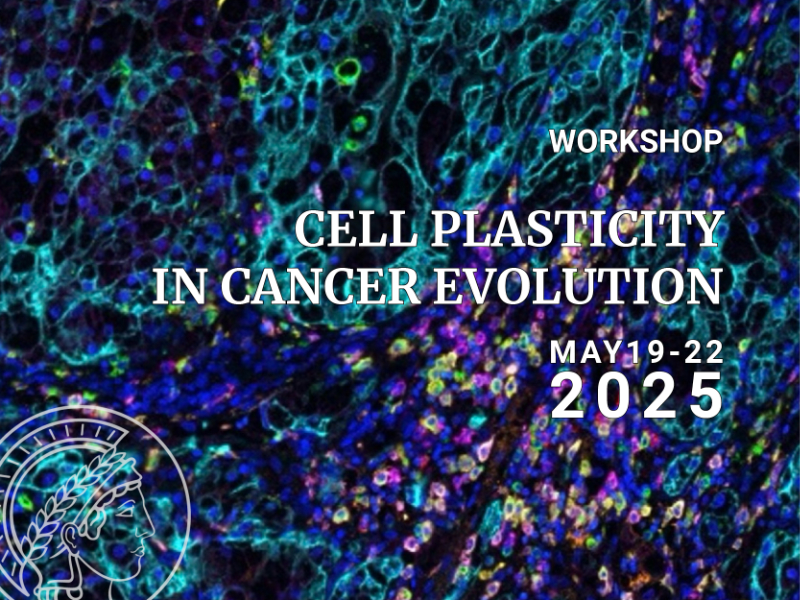Authors: Gopinath Sadhu, Helen M Byrne, and D C Dalal
Oxygen heterogeneity is a common feature in solid tumors. Oxygen deficiency in a tumor can trigger various events such as metabolic adaptation, angiogenesis, and epithelial-to-mesenchymal transition (EMT), which contribute to the invasion process. In this work, we propose a mathematical model to describe how oxygen levels within a tumor...
Authors: Kevin Flores, Adam Malik, Kyle Nguyen, John Nardini, Cecilia Krona, and Sven Nelander
In the study of brain tumors, patient-derived three-dimensional sphere cultures provide an important tool for studying emerging treatments. The growth of such spheroids depends on the combined effects of proliferation and migration of cells, but it is challenging to make accurate distinctions...
Chimeric Antigen Receptor (CAR) T-cell therapy has emerged as a promising option for relapsed or refractory lymphoma patients and acute leukemias. Mathematical modeling offers a valuable tool for investigating the interactions among these living drugs, tumors, and heterogeneous patients' immune or inflammatory context. Using longitudinal data from experiments and the clinic, we examine how...
Authors: Oluwafemi Samson OLAGBAMI, Emmanuel Afolabi BAKARE
Soil-transmitted helminthiasis (STH) is major public health challenge in many region of Nigeria, particularly Ogun State. Environmental and climatic factors such as temperature, rainfall and soil pH have been identified to influence the transmission of infectious diseases which include neglected tropical diseases (NTDs). These...
Authors: Helal Ahmed1,2, Luca Heinemann1, Klara Möllers1, Zhangman Wang2, Marah Hussein2, Pradeep Kumar Patnana1,2, Jan Vorwerk1,2, Ashok Kumar Rout3, Eva Dazert, Ulrich Guenther3, Nikolas von Bubnoff2, Wael Mansour4, Cyrus Khandanpour1,2.
Background: Multiple myeloma (MM) is a hematological malignancy that disrupts the bone marrow (BM) microenvironment to support its progression....
Natural selection plays a critical role in the evolution of cancer cells, driving their adaptation and survival within the tumor microenvironment. Cancer arises from genetic and epigenetic alterations that confer selective advantages to certain cells, allowing them to proliferate, evade immune responses, and resist therapies. Within a heterogeneous tumor population, selective pressures such as...

